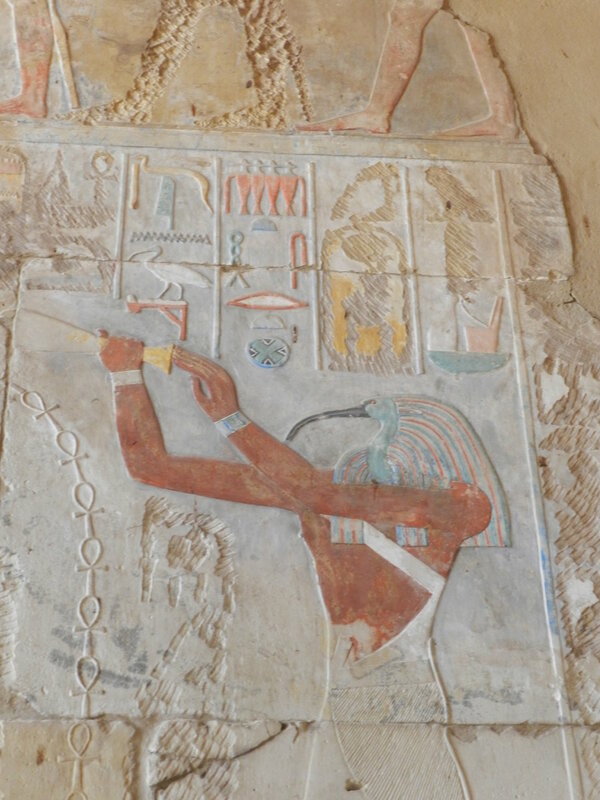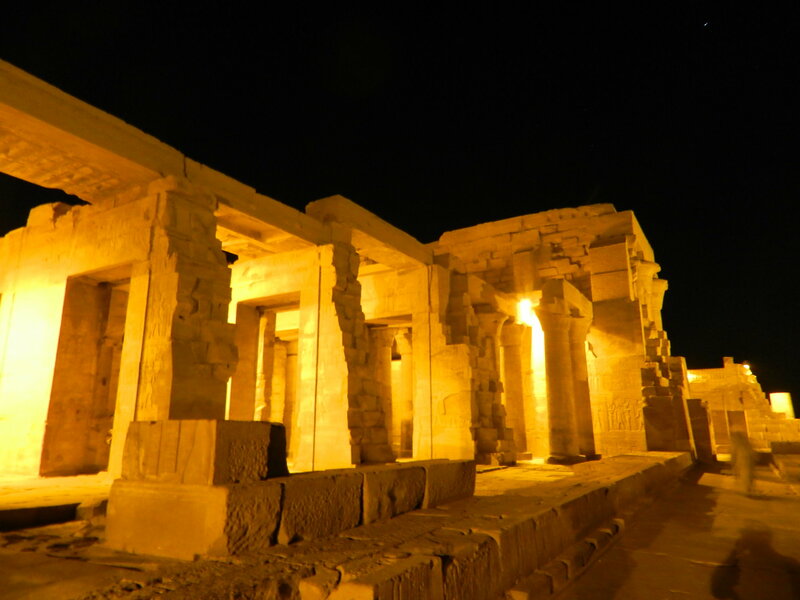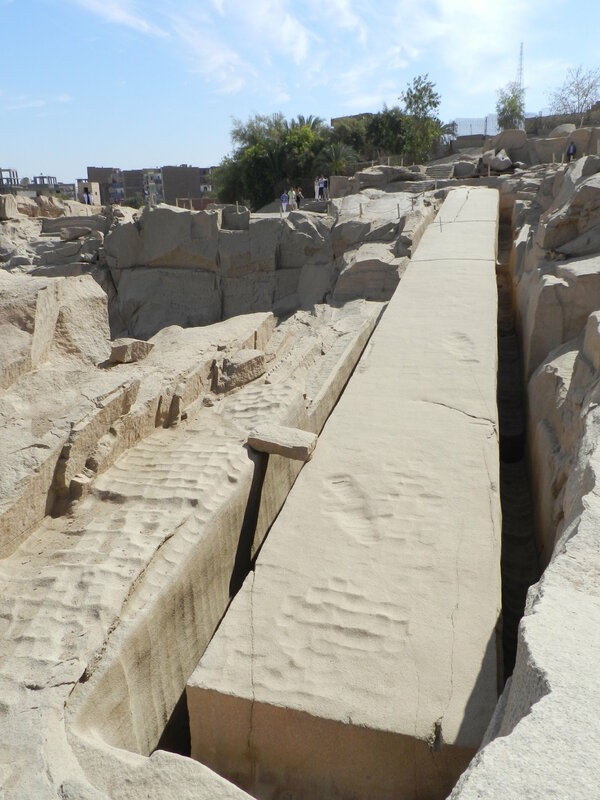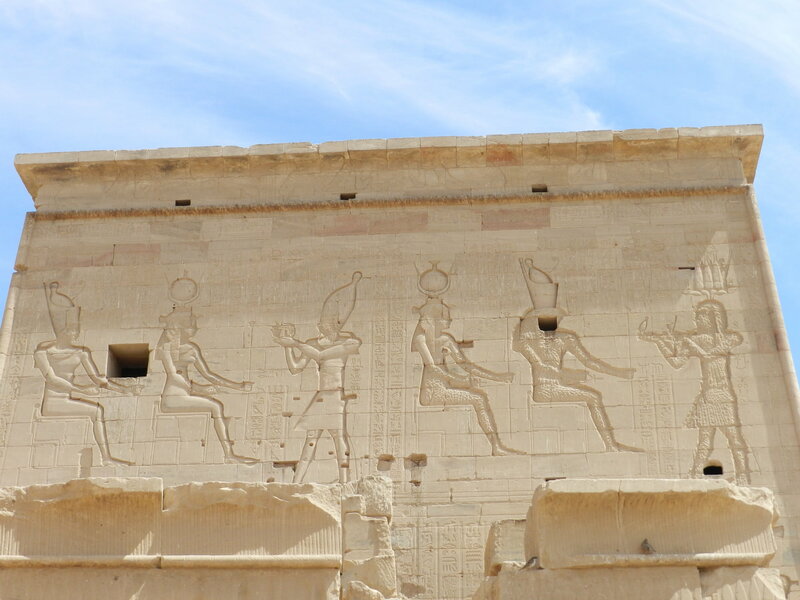Added Photos of Some of our Adventures in Egypt Earlier this month we took an 11-day trip to Egypt - and I’ve finally had time to catch up, review, edit and post some of the 2,000+ photos that I took during the trip. It was a great trip that allowed us to see a lot of spectacular sights and hike all over Egypt – from the Lower Kingdom to the Upper Kingdom (both in the desert and in the urban areas). Here’s a short list of the places that we went and the sights we saw (click on any photo to start the slideshow):
You can see all the photos of our Adventures on the Adventures/Middle East page.
0 Comments
Preparing for Hiking and Camping as Winter EndsThe last remnants of snow are finally melting here in our part of New England – so it’s time to get serious about preparing for our Spring, Summer and Fall Hiking and Camping adventures. Given that we did some casual Winter hiking, in both the snow (to see the beauty of Nature after the big snowfalls) and on days when the trails were mostly clear between snowfalls, we’re not totally out of shape – but we’re also probably not ready to hike the most challenging parts of Mount Washington. So what’s our plan? Like most of you, we’re not professional hikers and consequently don’t have days of spare time each week to dedicate to training for our Hiking or Camping trips. So we try to train as efficiently as we can in the time that our schedules allow. And that training isn’t just for leg endurance – it also has to include strength and balance. So here’s what we do: 1) We start walking outside as soon as the snow melts and the local sidewalks and trails clear. It’s never too early to start Spring training – we just prefer to do it when there’s no snow on the ground since we find that it’s more efficient and we’re more motivated since we can watch Spring arrive as we walk. Try to take walks and short hikes at least three times a week. 2) Any walking is better than no walking. So we walk whenever we can – and we take the stairs where ever possible. After all, we’ve all seen those rocky uphill trails that look just like stairs – and leg-based cardio is a critical part of your training. 3) Since you’ll probably have a variety of different adventures during the upcoming months, it pays to give yourself up to a month to initially train. That way you can cover all your bases and be in reasonable shape (e.g. leg strength, arm strength, core strength, endurance, etc.,) before you hit the trails for the first time. 4) Since two of the most common hiking injuries are ankle sprains and rolling an ankle we try to make sure that we don’t just walk on flat terrain – especially since that’s not what you will find on your “real” hikes. We like to mix up our training terrain walks so that some of them are on flat ground, some hilly, some rocky, some uphill and some downhill. The better you can replicate the type of terrain that you will ultimately be hiking on during your training walks – the more prepared your body will be for what’s to come. 5) As with number #4, you need to walk in different weather conditions too – since that’s going to be the reality of your real adventures. Although this isn’t always the most exciting proposition, think of it as a great way to test out your gear. Are your boots waterproof enough? Does your jacket breathe when it gets wet? Do you need more or less layers of clothes? Do you need different socks for different weather conditions? Finding these things out on a short walk close to home is a lot better than dealing with them in the outback. 6) Wear the same boots that you plan on wearing on your Hiking adventures. This serves two purposes a) it makes sure that your boots are broken in and adapted to your feet, and b) it gets your legs used to the weight of the boots. I can’t tell you how many times I’ve had people complain on the trails that their boots feel so heavy only to find out that’s because they did all their training in lightweight running shoes. 7) In addition to walking you should probably plan on doing some crunches to build your core strength, some push-ups to build your upper body/arm strength, some step-ups to build up your quadriceps, calves, and hamstrings, and any other exercises that you think are applicable to the type of adventures you are planning (i.e. training for rock climbing requires different exercises than kayaking). 8) And finally, you should train with your backpack. Yes this might look a little odd when you are walking around your neighborhood, but trust us – you need to do this since the last thing you want to do is put on a 40 pound backpack for the first time when you hit the trail for that 3-day camping trip. Hint: A fully loaded backpack should probably not weigh more than 20% of your body weight. As always, there are lots of great articles out there on the internet that will give you all sorts of ideas about how to get ready for Hiking and Camping season. Here are six that we found interesting:
1) How to Get in Shape and Train for Hiking https://www.backpacker.com/skills/how-to-get-in-shape-for-hiking 2) Training for Hiking https://www.rei.com/learn/expert-advice/hiking-training.html 3) Quick and Efficient Training for Backpacking and Hiking http://www.adventurealan.com/quick-and-efficient-training-for-backpacking/ 4) How to Train for Hiking https://www.theadventurejunkies.com/how-to-train-for-hiking/ 5) Ultimate Hiking Workout: 6 Best Training Exercises for Hiking https://www.gore-tex.com/blog/hiking-workouts-exercises 6) How to Prepare for Your Trekking Adventure: Our 10-Step Training Guide https://www.intrepidtravel.com/adventures/trekking-training-guide-tips/ |
What's On This Page?Here's where we post reviews, questions, answers, thoughts and other information that's of general interest to our followers in a blog format. Categories
All
Archives
August 2023
|
|
|
Copyright 2016-2024 Hiking, Camping and Shooting |


































 RSS Feed
RSS Feed